Are you an animal lover looking to explore the best animal museums in Lower Saxony? Here are your best options:

Weltvogelpark Walsrode
WalsrodeWalsrode World Bird Park, previously known as Jubs until 2010, is situated in the heart of the Lüneburg Heath in North Germany. Specifically, it is located within the municipality of Bomlitz, near Walsrode in the state of Lower Saxony, Germany. This location is easily accessible and offers a unique opportunity to explore the diverse bird species in a natural setting.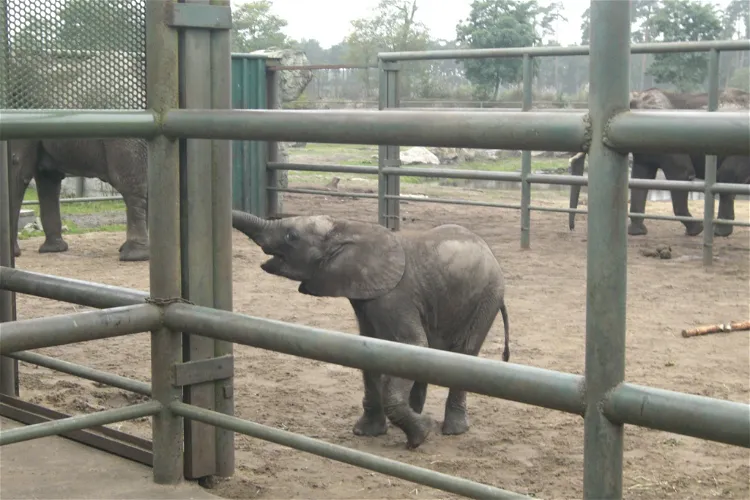
Serengeti Park
HodenhagenThe Serengeti-Park in Hodenhagen, Lower Saxony, is a unique combination of a zoo and leisure park. It was established in 1974 by the Duke of Bedford and partners from America. This park is a testament to the vision of its founders who aimed to create the largest safari park in Europe.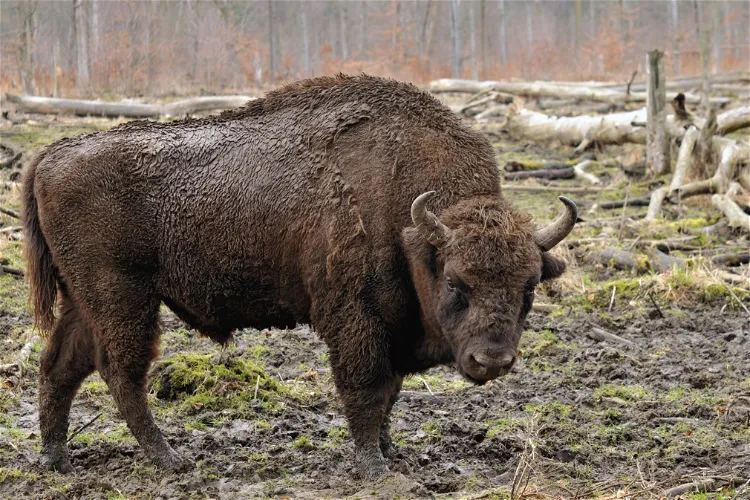
Springe Bison Reserve
SpringeThe Wisentgehege Springe is a wildlife park located in the German region of Hannover, near Springe. The park spans an area of 90 hectares, providing ample space for the animals and a vast area for visitors to explore.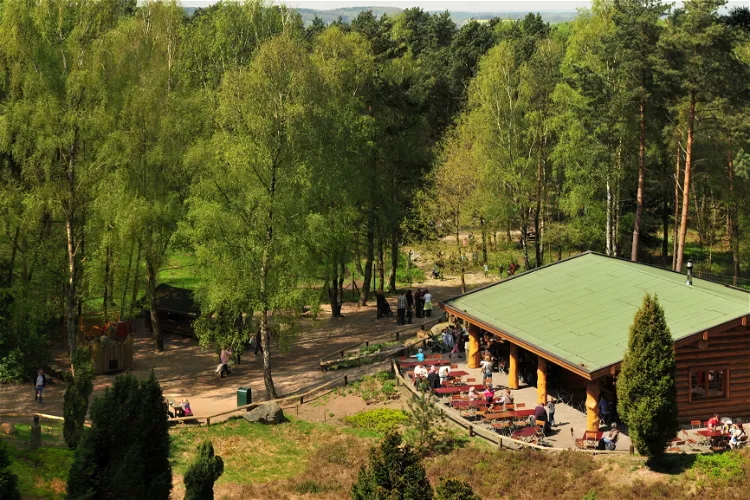
Lüneburg Heath Wildlife Park
NindorfThe Lüneburg Heath Wildlife Park is a wildlife park located near Nindorf, in the municipality of Hanstedt, in the northern German state of Lower Saxony. This park provides a unique opportunity for visitors to experience a wide variety of wildlife in a natural setting.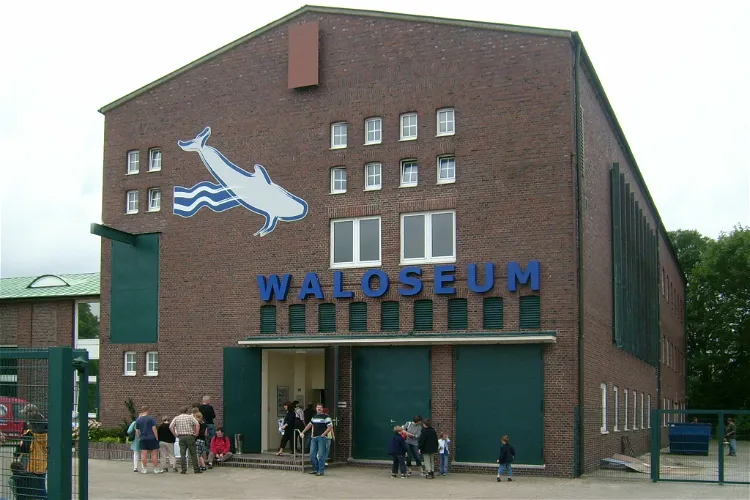
Waloseum
NordenThe Seehundstation Nationalpark-Haus in the Norden district of Norddeich is a unique institution in Lower Saxony. It is the only state-recognized care station for marine mammals in the region. This makes it a special place for visitors interested in marine life and conservation efforts.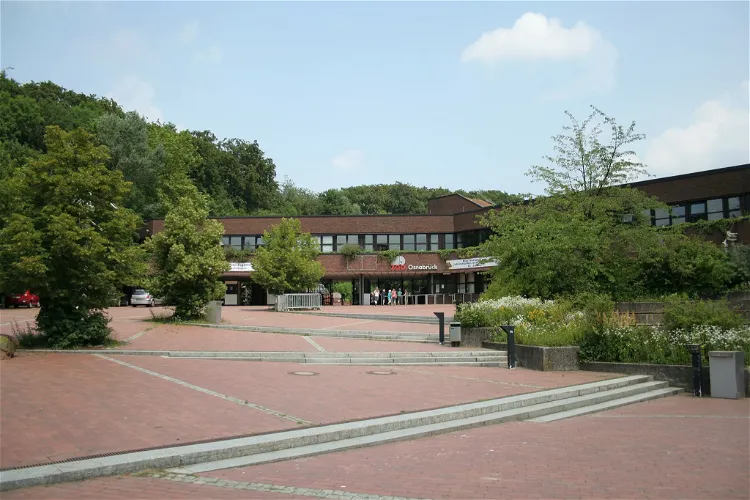
Osnabrück Zoo
OsnabrückToday, Zoo Osnabrück has expanded to cover an area of 23.5 hectares. It is home to approximately three hundred animal species, most of which are exotic. This diverse collection of animals provides a unique opportunity for visitors to experience wildlife from around the world.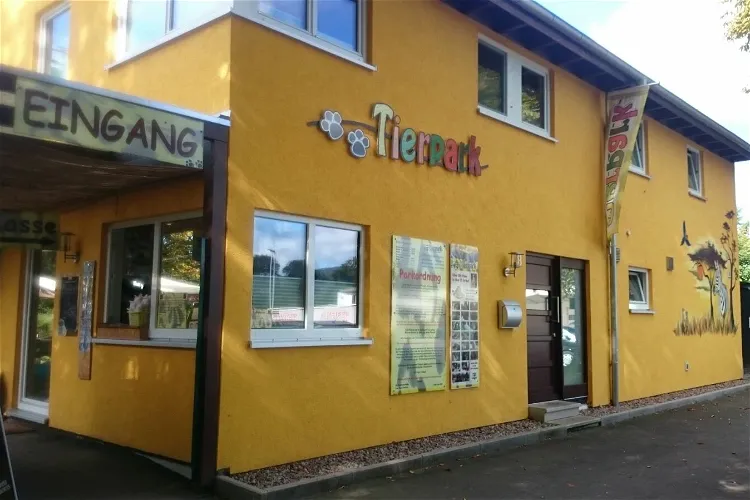
Bad Pyrmont Zoo
Bad PyrmontOne of the unique features of the Bad Pyrmont Zoo is its walk-in Australia aviary. Here, visitors can have close contact with Australian parakeets, providing a unique and interactive experience. Additionally, the zoo also houses a zoo school, offering educational programs and activities for visitors of all ages.
Roemer-und-Pelizaeus-Museum
HildesheimThe Roemer and Pelizaeus Museum, located in Hildesheim, Germany, is a renowned institution dedicated to art and archaeology. The museum is named in honor of Hermann Roemer and Wilhelm Pelizaeus, two significant figures in its establishment and development.- 9
Butterfly house
Buchholz in der NordheideA butterfly house, also known as a conservatory or lepidopterarium, is a facility specifically designed for the breeding and display of butterflies. These establishments place a strong emphasis on education, providing visitors with the opportunity to learn about the life cycle of butterflies, their habitats, and their importance in the ecosystem. 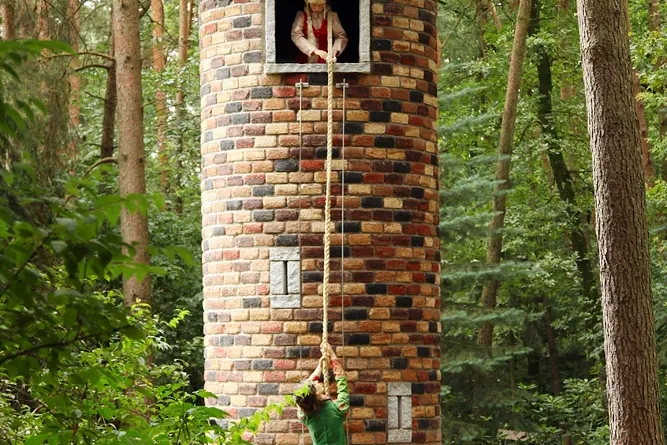
Wild and leisure park Ostrittrum
DötlingenThe Wild and Leisure Park Ostrittrum is a spacious facility, covering approximately 18 hectares. It is located in Ostrittrum, a district of the Lower Saxony municipality of Dötlingen. The park is nestled within the beautiful surroundings of the Wildeshauser Geest Nature Park, making it a perfect destination for nature lovers.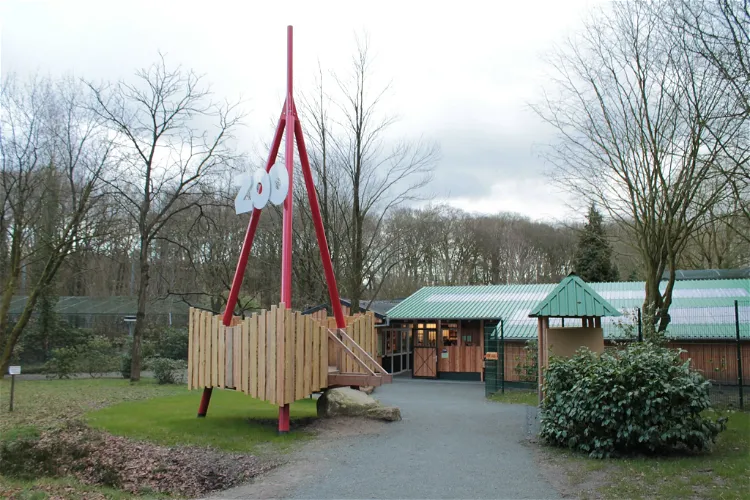
Wingster Waldzoo
WingstThe Wingster Waldzoo, previously known as the Zoo in der Wingst until the end of 2021, is situated in the Elbe-Weser triangle in Wingst, Lower Saxony. This location is a unique geographical feature, making it an interesting destination for tourists. The zoo houses a variety of both wild and domestic animals, some of which are kept in a petting zoo that was fully renovated in 2009.
State Natural History Museum
BrunswickOpened in 1754 as the Ducal Art and Natural History Cabinet, the museum has a rich history. It houses both scientific collections and exhibition collections. The scientific study collection is significantly larger than the publicly accessible part of the permanent exhibition, indicating the depth and breadth of the museum's resources.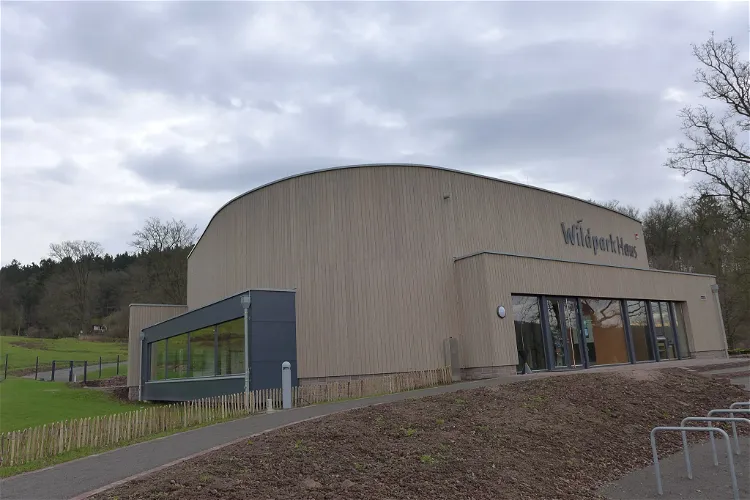
Wildpark Neuhaus
Landkreis HolzmindenThe Wildpark Neuhaus is a wildlife park situated in the heart of the Solling Vogler Nature Park in Neuhaus, Lower Saxony. This expansive park, covering over 50 hectares, is part of the mixed forest, meadows, and streams that characterize the Solling mountain landscape. It showcases regionally typical animals in their natural habitat, making it a great destination for nature lovers and wildlife enthusiasts.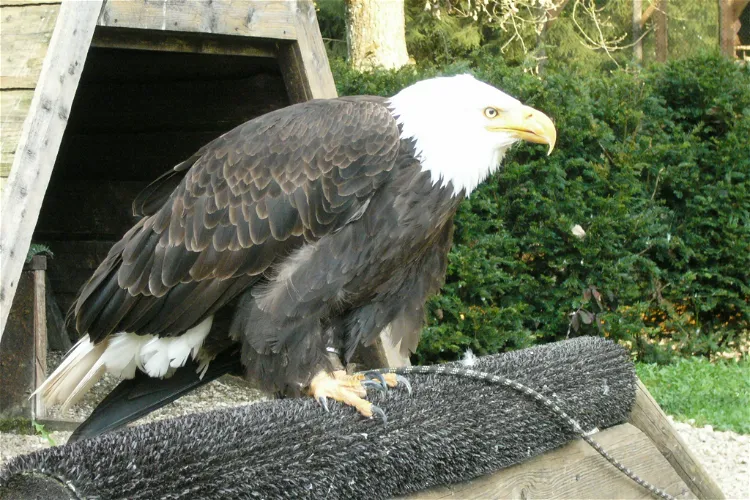
Harzfalkenhof
Bad SachsaThe Harzfalkenhof Zoo, also known as the Mountain of Eagles, is a bird of prey park located on the outskirts of Bad Sachsa in the southern Harz region. The park is situated on the Katzenstein, a foothill of the Ravensberg. This location provides a unique and natural environment for the birds and other animals housed in the park.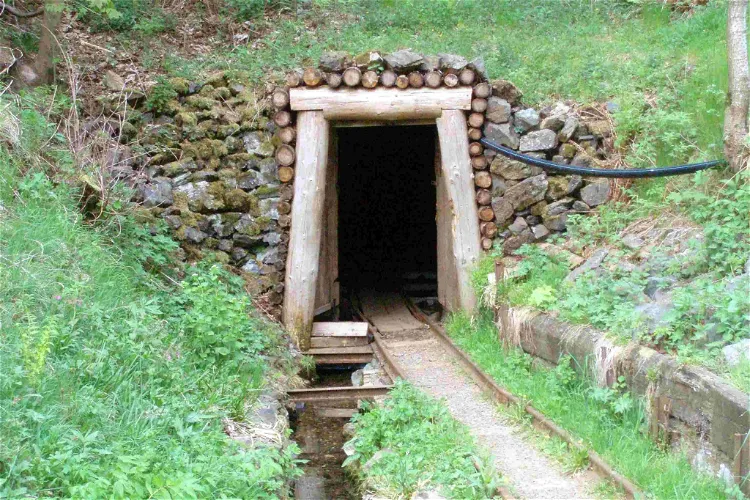
Roter Bär Pit
BraunlageThe Roter Bär Pit, located in Sankt Andreasberg in the Upper Harz, is a historical iron ore mine that was in operation from around 1800 to the 1860s. Today, it is managed as a visitor mine by the Sankt Andreasberg Association for History and Antiquities, and is known as the Lehrbergwerk Grube Roter Bär. Visitors can explore the mine and learn about its history and the mining processes that took place there.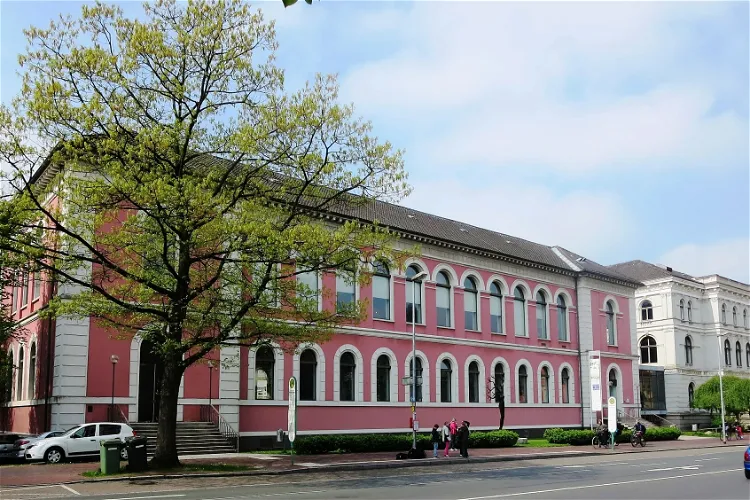
State Museum for Nature and Man
OldenburgThe State Museum for Nature and Man in Oldenburg is a regionally significant collection museum. It houses departments of Archaeology, Natural History, and Ethnology, offering a diverse range of exhibits for visitors to explore. The museum's interdisciplinary permanent exhibition covers the themes of Moor, Geest, and Coast & Marsh, providing a comprehensive insight into the natural and cultural history of the region.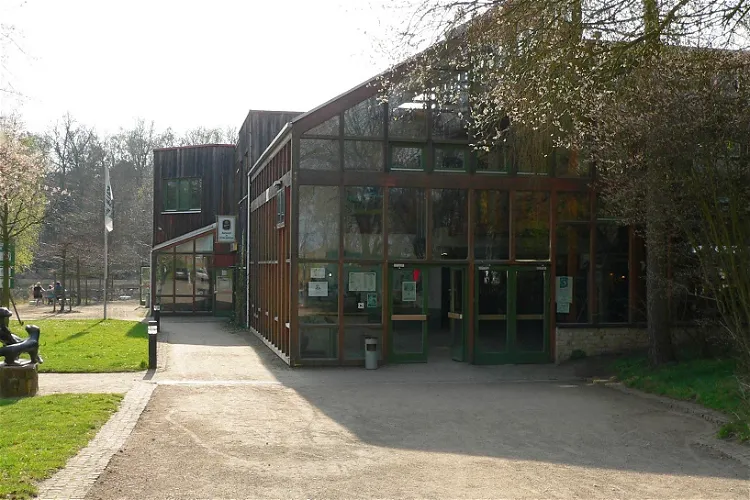
Hankensbüttel Otter Centre
HankensbüttelThe Hankensbüttel Otter Centre is a nature experience centre located in Hankensbüttel, in the German district of Gifhorn. The centre is spread over 6 hectares (15 acres) of open land by a lake known as the Isenhagener See. This provides a spacious and natural environment for the otters and other species housed at the centre.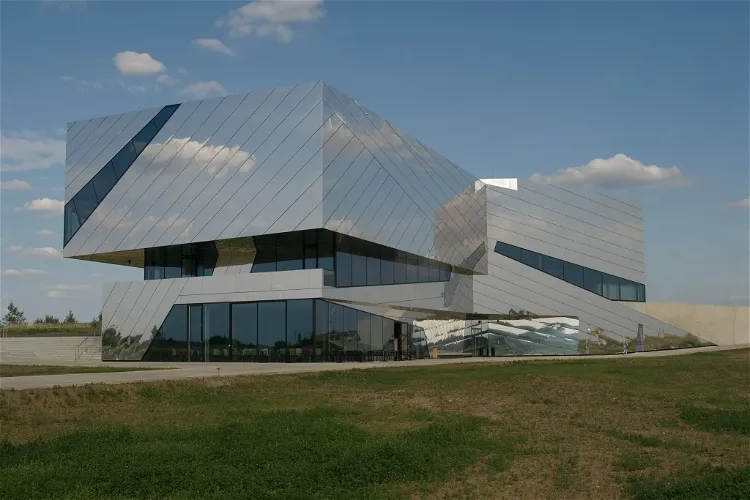
Paläon Research and Experience Center
SchöningenThe Schöningen Research Museum, located in the Helmstedt district, is a visitor center and museum that primarily focuses on the exhibition of the Schöningen Spears. These spears are significant as they provide a glimpse into life and environmental conditions around 300,000 years ago. The museum is situated near the discovery site of the spears in the former Schöningen brown coal open-cast mine, adding to the authenticity of the experience.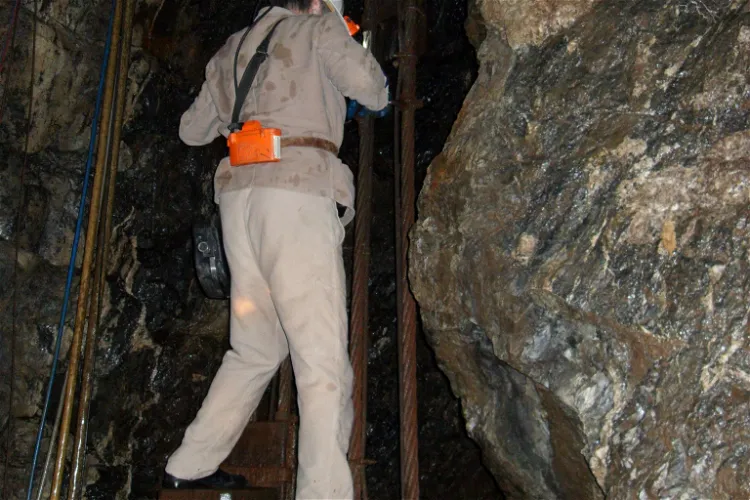
Samson Pit
BraunlageThe Samson Pit, located in Sankt Andreasberg in the Upper Harz region of central Germany, is an historic silver mine. This site offers a unique glimpse into the history of mining in the region, with its rich silver deposits and long-standing mining operations.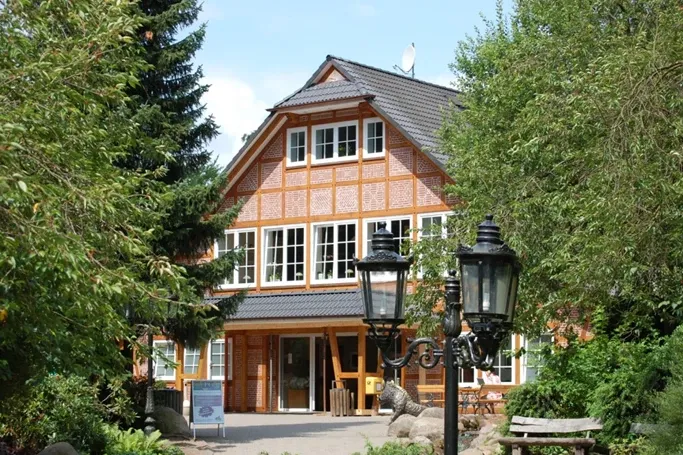
Wildpark Schwarze Berge
AlvesenWildpark Schwarze Berge is a wildlife park situated in the municipality of Rosengarten, in the northern part of Lower Saxony. This location offers a unique opportunity for visitors to experience wildlife in a natural and expansive setting. The park is easily accessible and provides a great day out for families, nature enthusiasts, and wildlife photographers.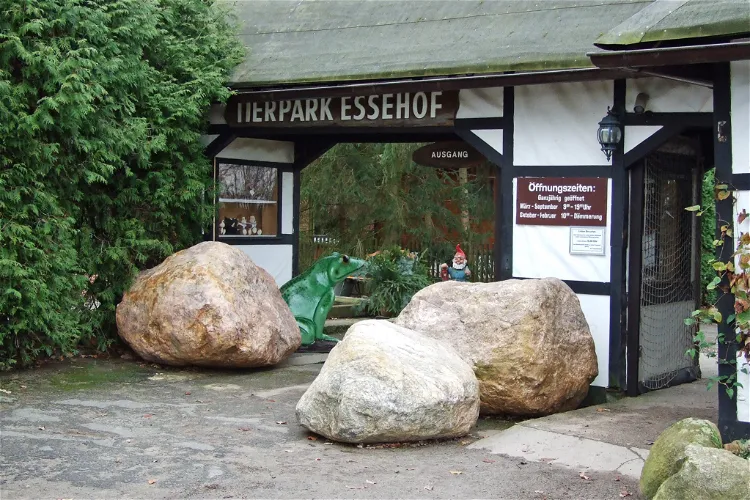
Essehof Zoo
EssehofEssehof Zoo, located in the town of Essehof within the municipality of Lehre in Lower Saxony, Germany, is a privately owned establishment that opened its doors in 1968. The zoo spans an area of 10 hectares, or 25 acres, providing ample space for its diverse range of animals and exhibits.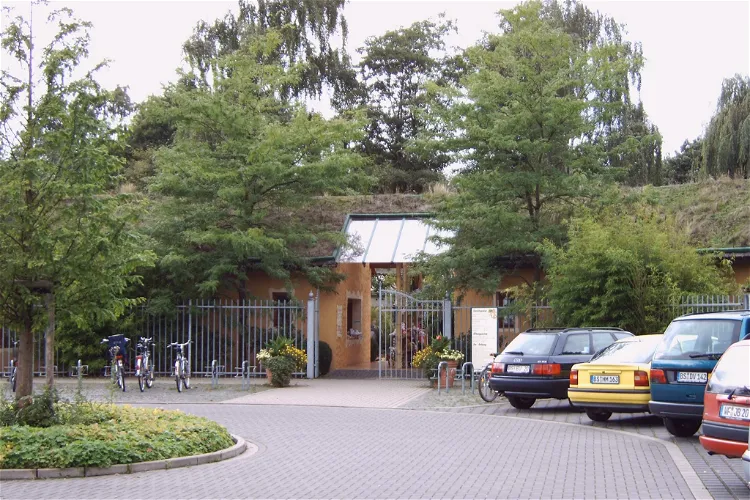
Arche Noah Zoo Braunschweig
BrunswickArche Noah Zoo Braunschweig, also known as Zoo Braunschweig, is a private, family-owned zoo located in the German city of Braunschweig. The zoo is entirely self-financed, relying on its income for operations. It's a unique destination for animal lovers, offering a chance to see a variety of species in a family-friendly environment.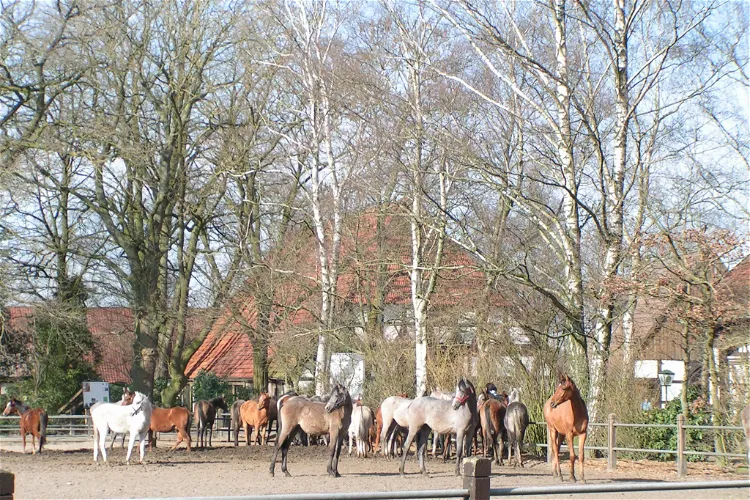
Tierpark Ströhen
StröhenTierpark Ströhen is a privately run zoo nestled in the district of Ströhen, part of the municipality of Wagenfeld in Lower Saxony's Diepholz district. This unique location offers visitors a chance to experience wildlife in a serene and natural setting, away from the hustle and bustle of city life.
Aquarium Wilhelmshaven
WilhelmshavenAquarium Wilhelmshaven is a public aquarium and museum located in the city of Wilhelmshaven, Lower Saxony. It is situated along the South Beach Promenade on the Jade Bight, offering visitors a unique combination of natural beauty and educational exhibits.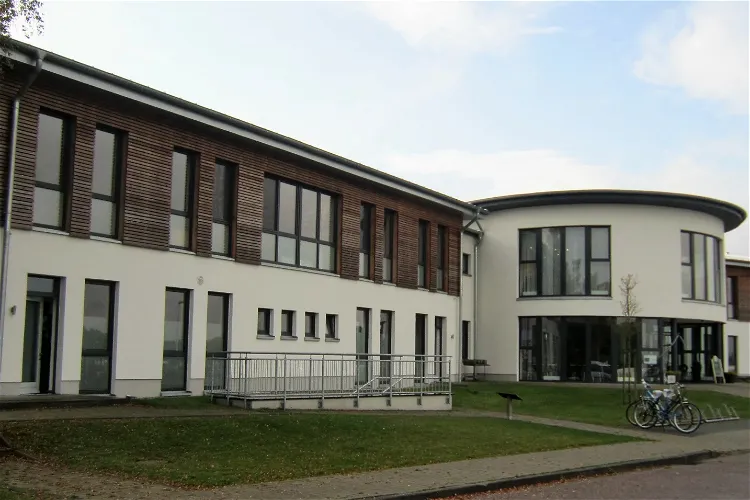
MOORWELTEN
StröhenThe European Specialist Centre for Moor and Climate (EFMK) is a multifaceted entity that operates as a society, oversees various projects, and runs an exhibition and administration centre. This centre, located in Ströhen in the Diepholz Moorland in Lower Saxony, is more commonly known to the public as Moorwelten. It serves as a hub for information and activities related to moor and climate protection.
Wildpark Müden
Müden (Örtze)Wildpark Müden is a public wildlife park situated in the district of Müden (Örtze), which is part of the municipality of Faßberg. This park is nestled in the southern region of the Lüneburg Heath in Lower Saxony. It offers a unique opportunity for visitors to experience wildlife in a natural setting.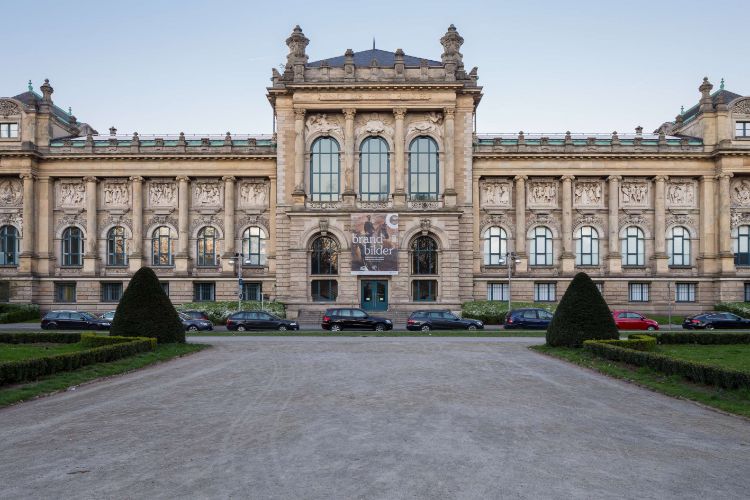
Lower Saxony State Museum
HanoverThe Lower Saxony State Museum (Niedersächsische Landesmuseum Hannover) is a museum in Hannover. The museum's collection includes the Landesgalerie, a collection of paintings and sculptures dating from the Middle Ages to the early twentieth century. Furthermore, the museum features departments for ar
Nordhorn Zoo
NordhornTierpark Nordhorn, also known as Dierentuin Nordhorn, is a zoo that was established in 1950. It is located in the German town of Nordhorn, which is situated near the Dutch border. This makes it a convenient destination for tourists from both countries. The zoo is home to approximately 2,060 animals from over 100 species, making it a diverse and interesting place to visit for animal lovers.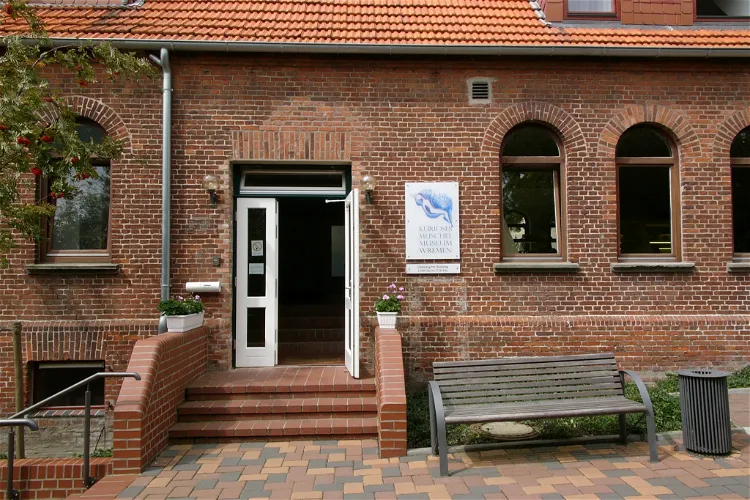
Curiosities Shell Museum Wremen
Wurster NordseeküsteThe Curious Shell Museum Wremen is a unique museum situated on the Lower Saxony North Sea coast. It is housed in the old Wremer school building at the village square, adding a touch of historical charm to the museum's setting. This location makes it easily accessible for tourists visiting the area.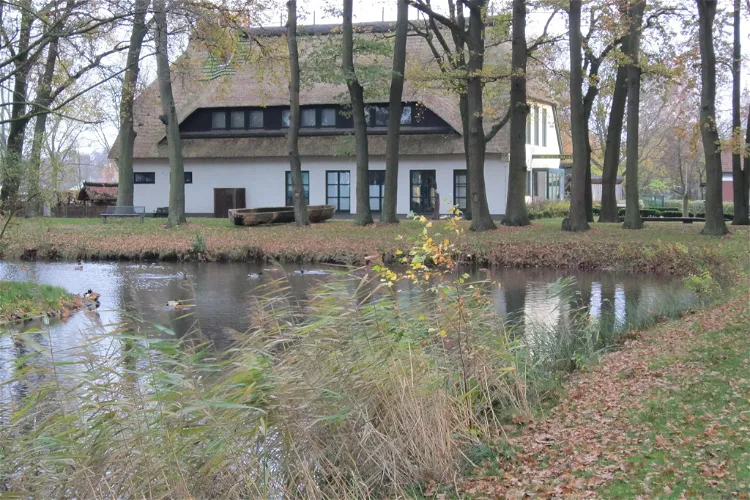
Dümmer-Museum Lembruch
LembruchThe Dümmer-Museum in Lembruch is a museum dedicated to the natural and cultural history of Dümmer. It is part of the district museum Syke, which is supported by the district of Diepholz. The museum was inaugurated in 1968 and has since been a significant part of the cultural landscape of the region.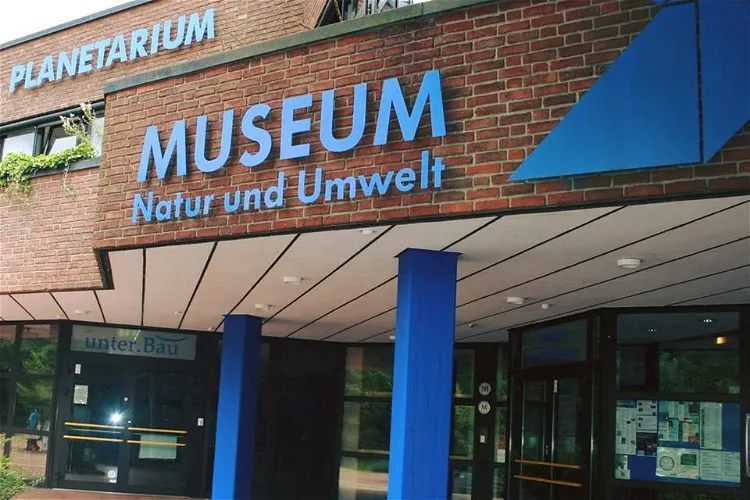
Museum am Schölerberg
OsnabrückThe Museum am Schölerberg in Osnabrück is a city museum dedicated to nature and the environment. It was opened in 1988 and has been recognized as a Regional Environmental Education Center since 1997. The museum's architecture is inspired by the spiral shape of an ammonite, adding a unique touch to its design.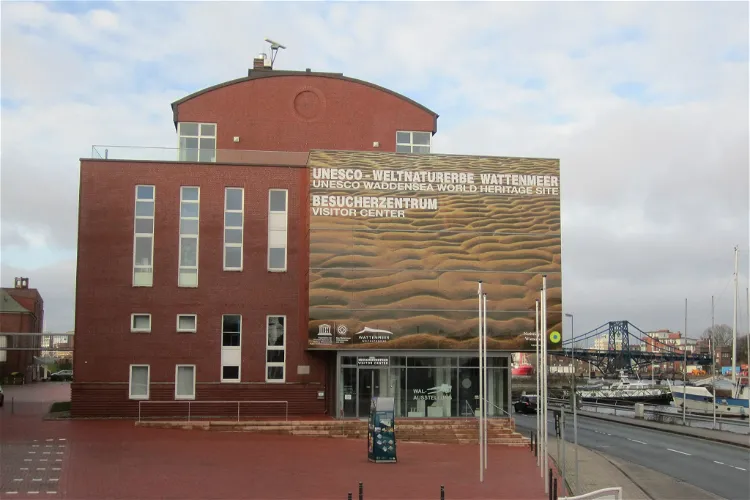
UNESCO-Weltnaturerbe Wattenmeer Besucherzentrum
WilhelmshavenThe Wattenmeerhäuser are nature conservation and education centers that focus on the Wattenmeer. These include the houses of the Schutzstation Wattenmeer in Schleswig-Holstein and the Wattenmeer Visitor Center in Wilhelmshaven. These centers provide a wealth of information about the Wattenmeer, making them a valuable resource for anyone interested in learning more about this unique ecosystem.
Freilichtmuseum Kiekeberg
EhestorfThe Freilichtmuseum am Kiekeberg is an open-air museum situated between the districts of Ehestorf and Vahrendorf in the municipality of Rosengarten in the Harburg district. This location makes it easily accessible for tourists visiting the area. The museum is surrounded by the beautiful landscape of the Harburger Berge, providing a picturesque setting for a day out.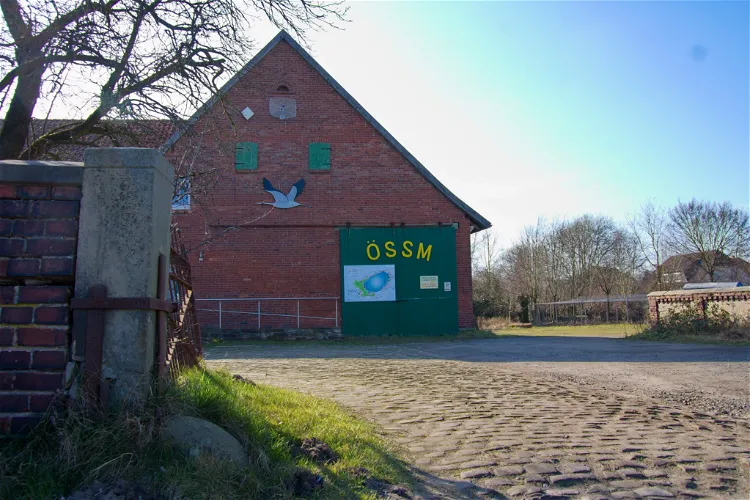
Ökologische Schutzstation Steinhuder Meer (ÖSSM)
Rehburg-LoccumThe Ökologische Schutzstation Steinhuder Meer (ÖSSM) is a regional nature conservation organization situated at Steinhuder Meer in Rehburg-Loccum. Established in 1991, the organization has been dedicated to the protection and conservation of the local flora and fauna. It is a great place for tourists who are interested in nature and conservation efforts.
Deutsches Pferdemuseum
Landkreis VerdenThe Deutsches Pferdemuseum in Verden (Aller) holds the distinction of being the oldest horse museum in Germany. Its roots can be traced back to a hippological collection that was initiated by the Verden Heimatbund around the year 1930. This historical significance adds a layer of depth to the museum's exhibits, making it a fascinating destination for those interested in equine history.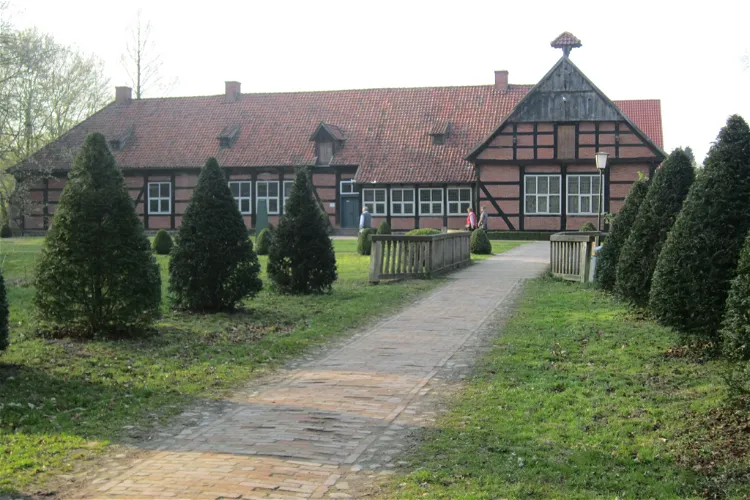
Museumsdorf Cloppenburg
CloppenburgMuseumsdorf Cloppenburg is an open-air museum situated in the German city of Cloppenburg. It is approximately 100 km northeast of the Dutch border in Twente, making it easily accessible for tourists from the Netherlands. The museum spans an impressive 20 hectares, providing ample space for exploration and discovery.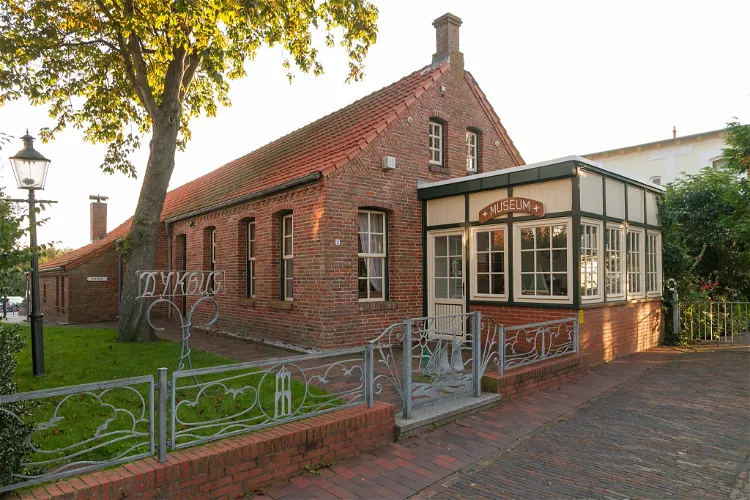
Heimatmuseum Dykhus
BorkumThe Heimatmuseum Dykhus is conveniently located near the Old Lighthouse on the North Sea island of Borkum. This location makes it easily accessible for tourists visiting the island and provides a cultural and historical complement to the natural beauty of the surrounding area.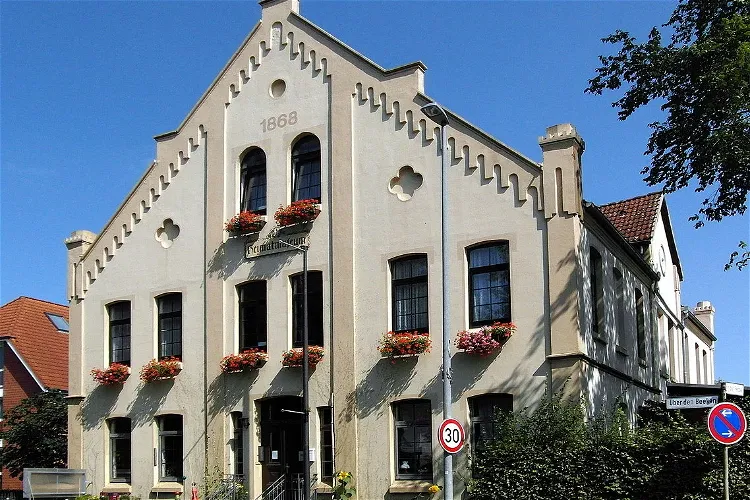
Heimatmuseum Rodenberg
RodenbergThe Heimatmuseum Ronnenberg is a local history museum situated in the city of Ronnenberg, in the Hanover region of Lower Saxony. This museum offers a deep dive into the history and culture of the region, making it an interesting destination for those who wish to understand the local heritage.